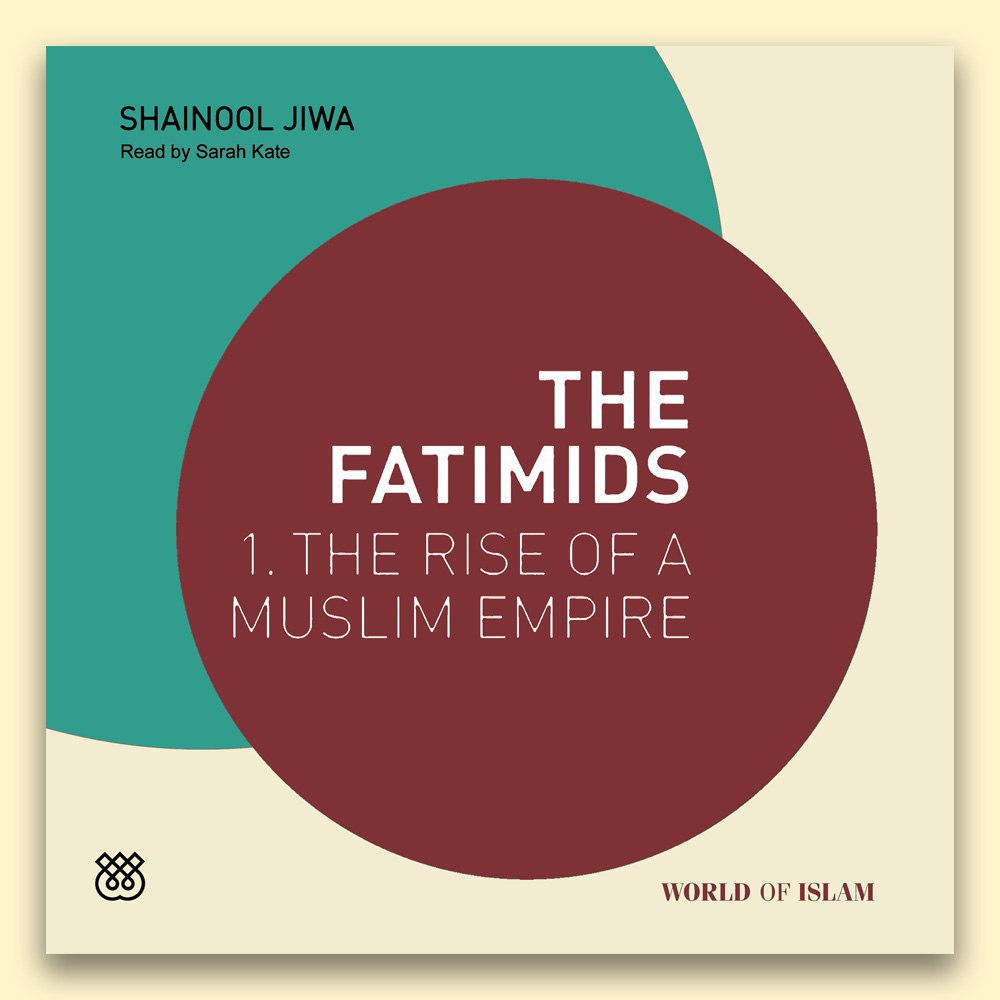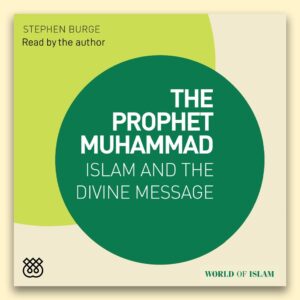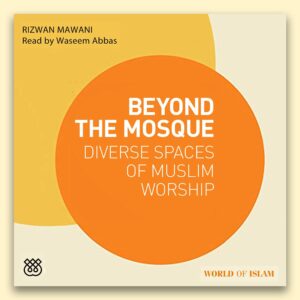The Fatimids 1
The Rise of a Muslim Empire
By Shainool Jiwa
Chapter 2
Towards a Mediterranean Empire
The public proclamation of Abd Allah al-Mahdi as the first Fatimid Imam-caliph marked the formal inception of Fatimid rule in North Africa, from where the dynasty would rule for the next 64 years. Al-Mahdi’s reign lasted for 25 years, firmly establishing an Ismaili Shi‘i Mediterranean empire.
On Friday, 5 January 910, crowds gathered at the mosque of QayrawanSee Kairouan and in the nearby royal city of RaqqadaA royal capital near Kairouan in North Africa founded by the Aghlabids. for the first Friday sermon after al-Mahdi’s arrival. There they heard al-Mahdi pronounced as the Amir al-Mu’minin and the Imam al-Muslimin, the ‘Commander of the Faithful’ and the ‘Imam of the Muslims’. Hereafter, he would be referred to by his regnal title al-Mahdi bi’llah (the ‘One Rightly Guided by God’). The prayer leader of the congregation affirmed the Fatimid mission to restore the righteous rule of the ahl al-baytLit. ‘the people of the house’, meaning the Prophet Muhammad and members of his household including especially his cousin and son–in–law ‘Ali b. Abi Talib, his daughter Fatima and his…, making clear their Shi‘i beliefs. In the same sermon, prayers were recited for ‘Prophet Muhammad and his family, for the Commander of the Faithful, Ali, for al-Hasan and al-Husayn and FatimaDaughter of the Prophet Muhammad and his first wife, Khadīja bint Khuwaylid. Also wife of ʿAlī b. Abī Ṭālib and mother of al-Ḥasan and al-Ḥusayn. the Resplendent [al-Zahra], may God’s blessing rest upon them all’. The reference to Fatima was particularly significant, as it underlined the Imami Shi‘i belief that it was through her and Ali’s lineage that the imamate was to continue to the end of time. As the crowds in Qayrawan continued to listen, they heard the foundational beliefs and principles of the new Shi‘i Fatimid caliphateThe Muslim political institution or state centred around the caliph, which came to an end, historically, in 1924 with the disappearance of the Ottoman Empire.:
O Lord! Bless your servant and vicegerent who presides in Your lands upon the destiny of Your servants, the Servant of God, Abu Muhammad al-Imam al-Mahdi bi’llah, Commander of the Faithful, just as You blessed his ancestors, Your rightly-guided vicegerents led on the right path, who ruled and rendered justice, observing the truth. … (God), may His praise be exalted and His names sanctified, fulfilled His promise to His Messenger, may God bless him and his progeny, by restoring the inheritance of prophethood and the keys of the Imamate to the family of His Prophet. He honoured religion and the believers, saving them from disaster in every situation with the advent of the Servant of God, Abu Muhammad al-Imam al-Mahdi bi’llah, Commander of the Faithful. … He [al-Mahdi] is the key of mercy and the guide of the good, defending the truth, protecting religion, taking care of the affairs of Muslims, and watchful of that which thwarts the aspirations of the peddlers of falsehood. … May your adherence to the rope of obedience to him and the bond of loyalty to him become strong, for indeed, no bond connects God and His servants except through their love for the family of Muhammad, may God bless him and grant him salvation. God, exalted be His mention, has said, ‘Say: “No reward do I ask of you for this except the love of those near of kin”’ (26:23). The Messenger of God says, ‘My family among you are like Noah’s ark. He who sails in it will be safe, but he who holds back from it will drown.’1
The Founding of the Fatimid State
By the 10th century, much of the northern shores of the Mediterranean belonged to the ByzantineThe late medieval Roman Empire which ruled large parts of Southern Europe and the Middle East from its capital Constantinople (present-day Istanbul), conquered by the Turks in 1453 CE. Empire, successor to the Roman Empire, which extended from Italy to the borders of Syria, and to the other Christian kingdoms of western Europe. Commercial relations and military rivalries with the Byzantines would become one of the most important features of Fatimid foreign policy.
At the western end of the Mediterranean, the Iberian Peninsula (modern Spain and Portugal) was ruled by a branch of the Umayyad dynasty, with their capital at Cordoba. A century-and-a-half earlier, in 756, the Umayyad prince Abd al-Rahman, having fled the AbbasidsMajor Muslim dynasty of Sunni caliphs that ruled in Baghdad (750-1258)., had taken control of the region.
In 910, amid this Mediterranean milieu, with the Byzantines to the north, the UmayyadsFirst major ruling Muslim dynasty that was based in Damascus (661-750). to the west and the Abbasids to the east, the Imam Abd Allah al-Mahdi began to lay the foundations of the Fatimid administration and the framework for a new Mediterranean empire.
A decade of war and the collapse of the previous Aghlabid regime had left a void in the administration of IfriqiyaMediaeval Muslim name for modern-day Tunisia; also the area where the Fatimids founded their state in the early tenth century.. The North African populace at the time was religiously and ethnically diverse. Muslims in the land included SunnisAdherents of the majority branch of Islam, Sunnism; from the term sunnī which means a follower of the sunna of the Prophet Muhammad. and Shi‘a as well as the Kharijis, about whom we shall read in this chapter. There were also sizeable Christian and Jewish communities. Ethnically, the population was made up of Berbers and Arabs, among whom were farmers, merchants, scholars and artisans. Each group had its own demands and expectations of the new state, and negotiating between them all became the central task of the new government.
Excerpted from The Fatimids 1: The Rise of a Muslim Empire by Shainool Jiwa. Copyright © Islamic Publications Limited, 2019. All rights reserved. No part of this excerpt may be reproduced or reprinted without permission in writing from the publisher.





